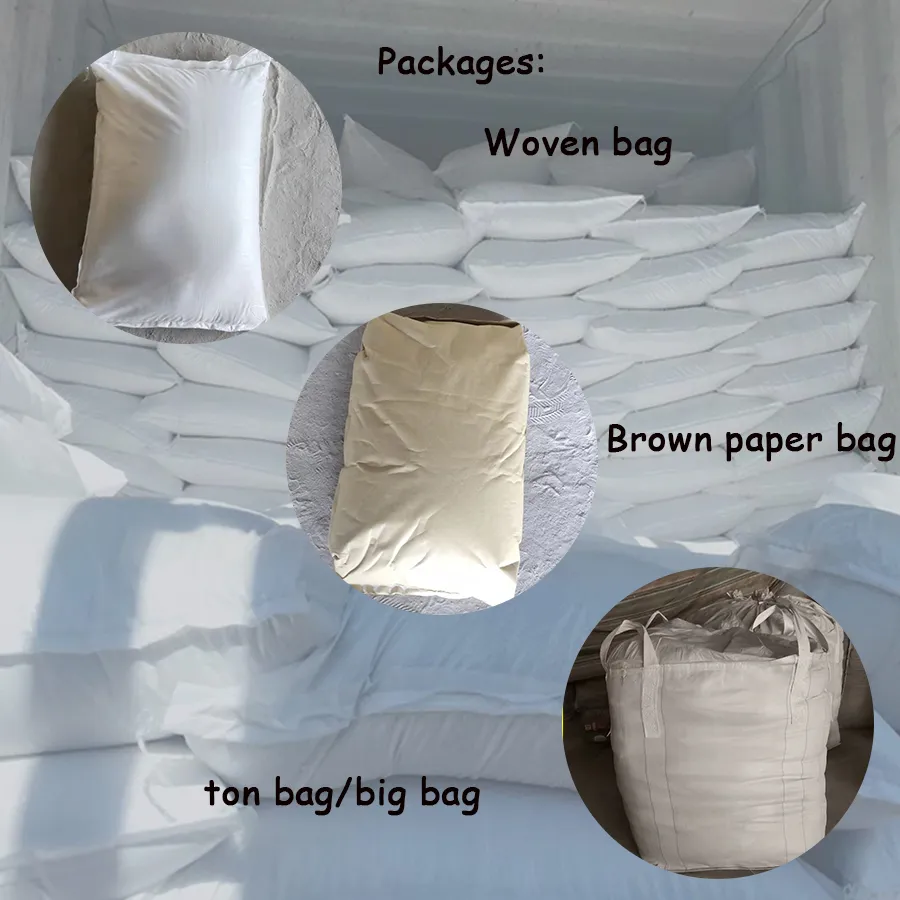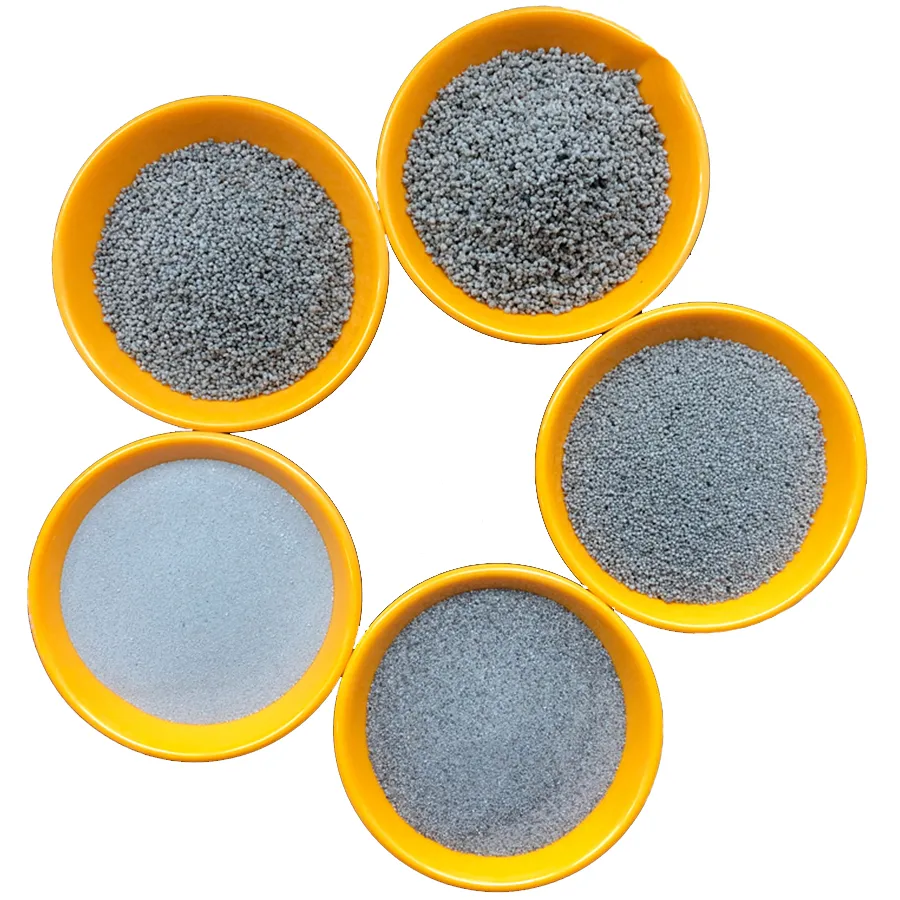
- Afrikaans
- Albanian
- Arabic
- Belarusian
- Bengali
- Czech
- Danish
- Dutch
- English
- Finnish
- French
- Galician
- German
- Greek
- Hebrew
- Hungarian
- Indonesian
- irish
- Italian
- Japanese
- Javanese
- kazakh
- Khmer
- Rwandese
- Korean
- Kyrgyz
- Lao
- Latin
- Latvian
- Lithuanian
- Malay
- Maltese
- Mongolian
- Myanmar
- Norwegian
- Persian
- Polish
- Portuguese
- Romanian
- Russian
- Serbian
- Slovak
- Spanish
- Swedish
- Tagalog
- Thai
- Turkish
- Ukrainian
- Vietnamese
- Welsh
Did you know 87% of industrial plants struggle with toxic wastewater treatment? While traditional solutions fail to meet EPA standards, natural zeolite
emerges as the game-changer. This volcanic mineral isn't just another filter media—it's a 97.4% cation exchange capacity powerhouse that outperforms sand and activated carbon. Ready to slash your operational costs while boosting efficiency?

(natural zeolite)
Technical Superiority of Natural Zeolite Are You Missing?
Natural zeolite mineral's honeycomb structure provides 800-900 m²/g surface area—that's 5X more than traditional media. Unlike synthetic alternatives, it:
- Removes heavy metals like lead (98% efficiency)
- Stabilizes pH without chemical additives
- Regenerates through simple saline washing
| Parameter | Zeolite | Activated Carbon | Sand |
|---|---|---|---|
| Ammonia Removal | 95% | 62% | 18% |
| Lifespan | 8-10 years | 2-3 years | 1-2 years |
| Cost/Ton | $380 | $1,200 | $90 |
Manufacturer Showdown: Who Delivers Real Value?
While 60% of suppliers sell low-grade zeolite (SiO₂ < 70%), premium partners like ZeoPrime use ISO 9001-certified processing. Compare these industry leaders:
Why settle for 2mm pellets when you can get customized 0.5-4mm granules?
Your Custom Zeolite Solution in 3 Steps
1. Analyze: We test your water/soil composition
2. Optimize: Create particle size blends (0.1-5mm)
3. Activate: Pre-charge zeolite for instant results
Proven Success: Zeolite in Action
▪ California Farm Co. increased crop yield by 40% using zeolite soil amendment
▪ Texas Oil Refinery cut wastewater costs by $2.8M/year
▪ EcoConcrete reduced cement use by 22% through mineral substitution
Transform Your Operations by Friday
Our 30-Day Performance Guarantee removes all risk. You'll get:
✓ Grade-A clinoptilolite zeolite (86% purity)
✓ Free technical support
✓ Volume discounts up to 35%
Limited to first 17 responders this month

(natural zeolite)
FAQS on natural zeolite
Q: What is natural zeolite?
A: Natural zeolite is a microporous aluminosilicate mineral formed by volcanic activity. It has a unique crystal structure that allows ion exchange and molecular adsorption. These properties make it valuable for filtration, agriculture, and environmental remediation.
Q: How are natural zeolites formed?
A: Natural zeolites form when volcanic ash reacts with alkaline groundwater over thousands of years. This slow crystallization process creates their porous structure. Major deposits are found in sedimentary and volcanic rock formations.
Q: What are the key uses of natural zeolite minerals?
A: Natural zeolite minerals are widely used in water purification, soil conditioning, and odor control. They also serve as catalysts in industrial processes and adsorbents for nuclear waste. Their eco-friendly nature supports sustainable applications.
Q: Why does natural zeolite have adsorption capabilities?
A: The honeycomb-like structure of natural zeolite contains interconnected pores and channels. This creates a large surface area for trapping ions and molecules. Its negative charge also attracts positively charged contaminants.
Q: How does natural zeolite differ from synthetic versions?
A: Natural zeolite is mined from geological deposits, while synthetic zeolite is lab-made with controlled properties. Natural varieties have variable compositions, whereas synthetic ones offer purity and consistency. Both share similar molecular sieve functions.
Q: Can natural zeolite improve soil quality?
A: Yes, natural zeolite enhances soil by retaining water and nutrients like ammonium and potassium. It reduces fertilizer leaching and balances pH levels. Farmers use it to boost crop yields in sandy or degraded soils.
Q: What are common types of natural zeolite minerals?
A: Clinoptilolite, chabazite, and mordenite are the most abundant natural zeolites. Clinoptilolite is prized for its stability and commercial applications. Each type varies in pore size and chemical resistance.
Related News
















